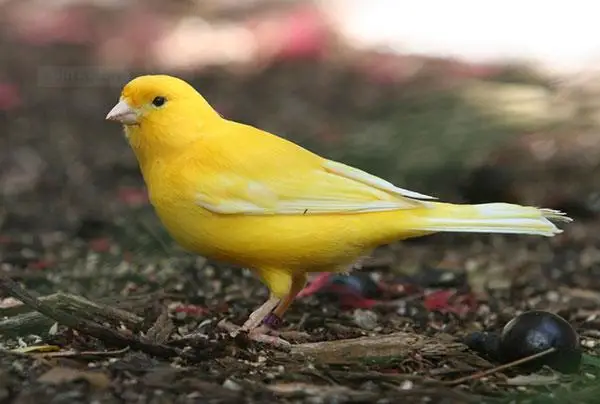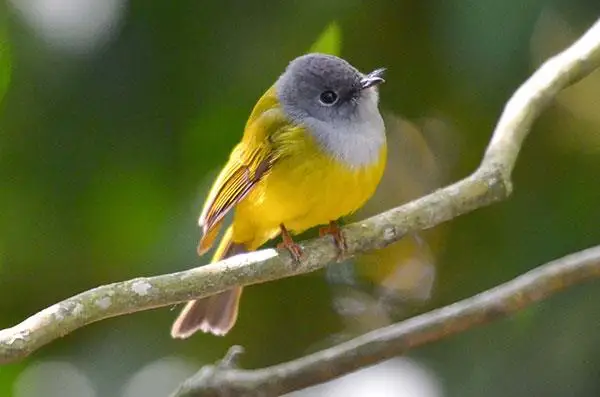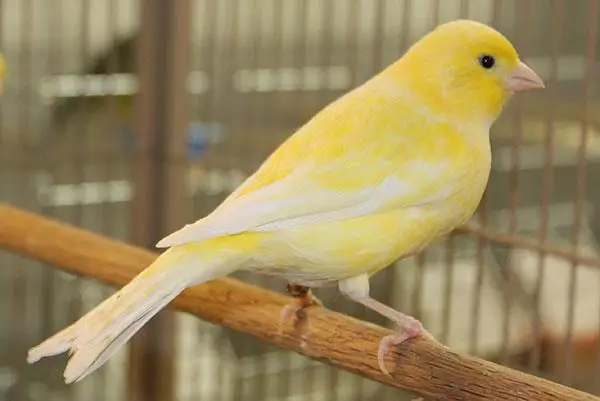Variety Overview
English Name: Canary
Also Known As: Hibiscus Bird, White Jade Bird, Jade Bird, White Swallow
Origin: Northwest coast of Africa
Price: Around $50-500
Body Length: 12 to 14 cm
Lifespan: Around 15 years
Morphological Features and Identification
Canaries typically measure between 12 to 14 centimeters in length. The feather coloration of wild canaries differs from that of domesticated pet canaries: wild canaries usually exhibit green or olive hues, whereas pet canaries are often light yellow. While there is a broader spectrum of colors among canaries, these two shades are the most common.
Canary feathers come in various colors such as yellow, white, red, green, and gray-brown. Yellow canaries are quite numerous; however, the most prized ones are white canaries with flesh-colored beaks and legs, followed by white-feathered red-eyed variants. Young fledglings display similar feather colors regardless of gender, making it challenging to distinguish males from females initially. After about 2 to 3 months, male birds develop a conical protrusion at their cloaca while females have a flatter oval-shaped cloaca. To determine gender accurately, gently hold the bird and blow away the feathers around its cloaca for a clear view. In terms of adult appearance: male birds tend to be larger with longer tails and rounder heads adorned with deeper feather hues; female birds are smaller with shorter tails and sharper heads featuring lighter feather tones. Moreover, when singing, male birds’ throats visibly swell up and down producing continuous melodious tunes; female birds generally emit more monotonous sounds.

Maintenance Tips
The golden finch is highly adaptable and can thrive as long as it remains in a relatively stable temperature environment over an extended period. Contrary to some bird keepers’ beliefs that these birds need temperatures between 10 and 25 degrees Celsius to survive, recent experiments have proven this notion incorrect. It has been demonstrated that as long as the temperature fluctuation does not exceed 10 degrees Celsius, golden finches can healthily endure environments ranging from -5 to 35 degrees Celsius. In Changchun, Northeast China, it’s common to see them chirping outside windows amidst falling snowflakes. The primary concern for golden finches is not prolonged cold but rather abrupt temperature changes. For breeding purposes, however, the optimal temperature range should be between 15 and 25 degrees Celsius, with minimal daily fluctuations ideally not exceeding 5 degrees Celsius.
Canaries thrive in clean environments and enjoy taking water baths. In the summer, they should have a bath every day, while in the winter, a warm bath once a week is sufficient. After bathing, ensure their feathers are dry before taking them outside to prevent colds. Common health issues for canaries include intestinal and respiratory diseases, usually due to unclean drinking water or food or sudden changes in their environment. These issues can be entirely prevented with proper care. During spring, autumn, and winter, it’s important for them to get some sunlight as it stimulates their nerves, boosts their appetite, and helps with bone growth and eggshell formation. Overall, caring for canaries isn’t difficult; with enough love and attention, you can keep them healthy and happy.

Dietary Information
The diet of canaries is quite diverse, primarily including grains and cereals. The type of feed to offer should be based on their current nutritional requirements. Essential nutrients for canaries include protein, carbohydrates, fats, vitamins, and minerals. Typically, these nutrients are present in the daily feed that canaries enjoy. However, during molting and breeding seasons, it’s necessary to provide additional minerals and vitamins separately.
The daily diet for canaries typically consists of grains, pasta, small amounts of oilseeds, and vegetables. The grains include varieties such as millet, barnyard millet, and proso millet. As for oilseeds, they encompass perilla seeds, rapeseed, peanuts, and walnut kernels. These oilseeds are generally not part of the regular diet but are given in moderation during specific periods like the chick stage, molting season, and breeding season to aid in reproduction. Canaries have a particular fondness for bitter lettuce; this vegetable not only helps prevent and treat diarrhea but also supplies essential vitamins. If possible, fresh bitter lettuce can be dried during the summer and autumn months for winter use.

